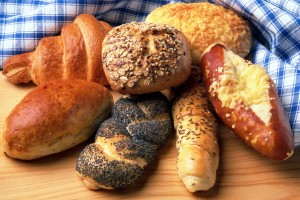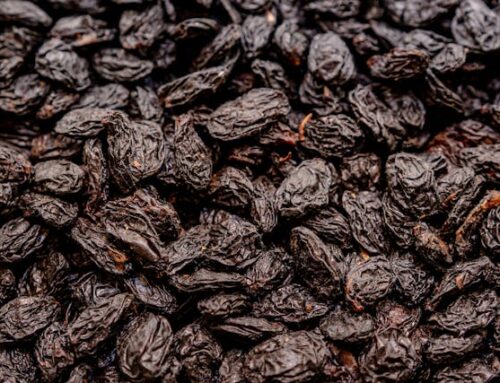 I know you think this will probably be a post about the “paleo diet” or “gluten free” eating, but you are wrong. We all know that excessive carbs have caused a lot of health issues over the years, but people are unwilling to part ways with these delicious macronutrients. I’m going to help you at least consider reducing the amount of carbs that you eat on a regular basis.
I know you think this will probably be a post about the “paleo diet” or “gluten free” eating, but you are wrong. We all know that excessive carbs have caused a lot of health issues over the years, but people are unwilling to part ways with these delicious macronutrients. I’m going to help you at least consider reducing the amount of carbs that you eat on a regular basis.
The first step in making any changes to your diet, is to identify that things need to change. So before you plan to go “gluten free” or “paelo”, stop and do an inventory of what you are currently eating.
There are numerous websites that can help you count your calories and show you how many carbs, fats, and proteins you are eating on a regular basis. I like to use the calorie counter by Livestrong. It is called My Plate, and it has a pie chart to the right that shows your nutrient breakdown.
Take the next week and log all of your calories. Be honest with yourself, and put down everything you eat. If you have a small piece of candy, then log it. If you eat at a buffet, estimate everything you ate. Do this for a week then take a look at your pie chart. It will analyze each day for you showing the breakdown of carbs, fats, and proteins. If you are not honest with yourself on your assessment then you will never know if you eat too many carbs.
After a week of logging all of your meals, find the average percentage of your carbs, fats, and proteins. Most of us will probably be around 50% carbs, 30% fat, and 20% protein. This is what a typical American diet would look like. My breakdown is 25% carbs, 25% protein, and 50% fat.
Once you realize that you may be eating too many carbs, then you can decide a plan of attack to combat this. I highly recommend that you do not try to cut carbs cold turkey. Unless you are very strong willed, you will be setting yourself up for failure. By logging your meals for the week, you can identify the sources of your carbs. Then you are able to decide what to do from there.
It’s ok to increase carbs on training days, but try to minimize them on non-training days. The most effective diets have a high fat and low carbohydrate consumption. Next month I will talk a little bit more about which fats you should be eating and why they are so good for you.
Dr Spencer Charlet
Mooresville Chiropractor
704-663-7625






